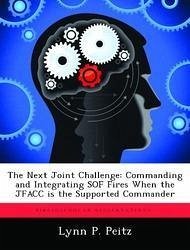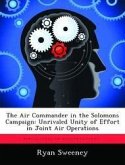During Desert Storm, the mission to seek and destroy Iraqi Scuds was termed the "Great Scud Hunt." It quickly became the most exasperating and least satisfactory aspect of the Desert Storm air campaign. In fact, eighty-eight Scuds were launched during Desert Storm and no hard evidence exists that any coalition air attacks resulted in their destruction. For Operation Iraqi Freedom (OIF) the Combined Forces Air Component Commander (CFACC) was the supported commander for counter-Scud operations and for the first time was assigned an Area of Operations (AO) in western Iraq. For this mission, the Combined Joint Special Operations Task Force-West (CJSOTF-W) was the supporting commander. After studying the lessons learned from Desert Storm, coalition planners quickly realized that the key to avoiding the frustrations experienced during Desert Storm was to leverage the success of SOF and airpower integration that emerged during Operation Enduring Freedom (OEF). Planners also discovered that current joint doctrine and tactics, techniques, and procedures (TTP) were insufficient to address the needs of the lethal combined arms team formed for counter-Scud operations. Therefore, this paper argues that significant changes to joint doctrine are required to ensure that the combination of conventional airpower and Special Operations Forces (SOF) continually advance their inherent capabilities of speed, flexibility, and lethality to respond to a full spectrum of threats. Future rewrites of joint doctrine need to address the establishment of a Joint Fires Element (JFE) within the Joint Special Operations Task Force (JSOTF) as well as the integration of a Joint Air Coordination element (JACE) into JSOTF JFE operations. Doing so will ensure their integration with joint fires support from other services.
Hinweis: Dieser Artikel kann nur an eine deutsche Lieferadresse ausgeliefert werden.
Hinweis: Dieser Artikel kann nur an eine deutsche Lieferadresse ausgeliefert werden.








